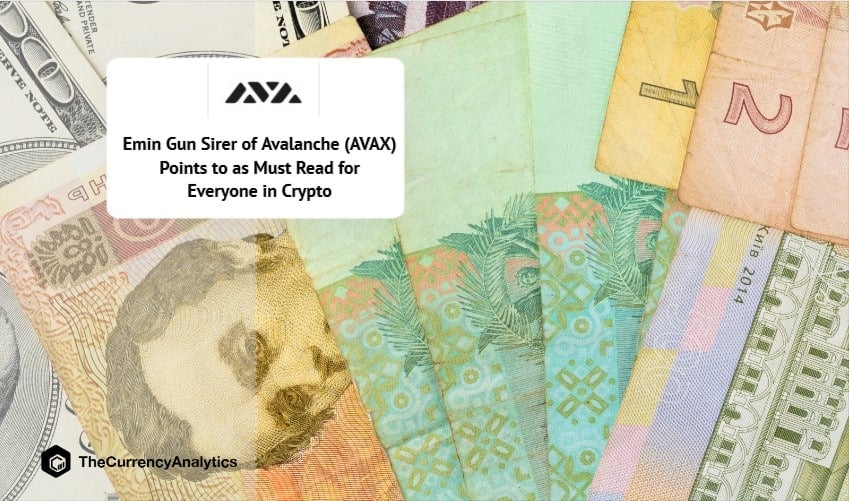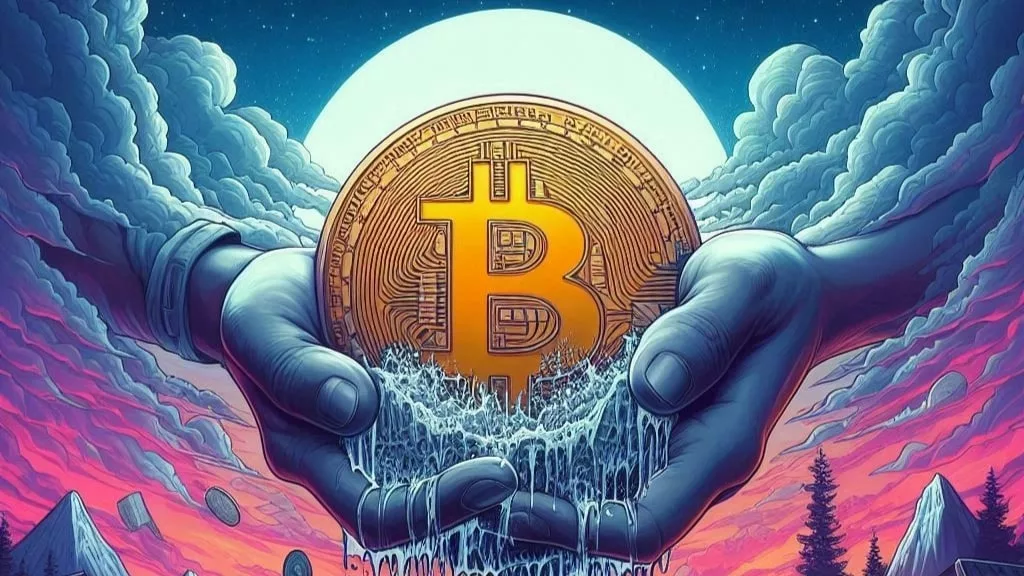
Emin Gun Sirer points to as must read for everyone in crypto.
Tascha expressed: There’re over 100 crypto projects that use proof of stake (PoS) as consensus mechanism. These account for $400 billion in market cap (not including ETH 2.0), or 15% of total crypto market cap.
About 40 of these are public smart contract platforms— the so called layer 1 chains— where decentralized apps run on top.
While competition is fierce & many layer 1s will die, it’s clear that multiple PoS layer 1 chains & their scaling layers will coexist in future, and become the collective floorboard of the metaverse.
But most do not grasp the huge economic implications of PoS, beyond its technical function for blockchain security.
If L1 chains are the new nation states w/ their own sovereign economic ecosystem, proof of stake is the foundational engine that enables healthy circulation of energy & values throughout the system.
Layer 1 chains are the new nation states. Difference is you can be dual, triple, quadruple citizens without having to give up your old passport.
Let’s look at how this value circulation happens & why PoS is so important.
SMART CONTRACT PLATFORMS AS SOVEREIGN ECONOMIES A growing L1 platform is a powerful blackhole absorbing financial liquidity. If you want to get into the Ethereum nation, you need to buy ETH. If you want to enter the Solana nation, buy SOL.
A L1 platform bootstraps its national economy through a flywheel btw financial speculation & real world usage:
Native token price going up—> attracting liquidity to the nation—> funding more apps to be built on its soil for more use cases—> attracting more real users & bigger network effect—> demand for native token increasing—> token price going up
In a sense this is nothing new. When a country’s economy grows quickly, exchange rate of its native currency tends to appreciate. It happened for USD in past 200 yrs, for Chinese yuan in past 20 yrs. But this flywheel is inherently unstable.
The token price, i.e. exchange rate, does not go up forever. If the flywheel can spin up when price goes up, it can spin down just as easily when price heads the other way. In the “real world”, you call this business cycles, i.e. economies go through booms & busts.
Since people don’t like busts, we came up w/ ways to grow or shrink currency supply according to economic conditions, to try to smooth out recessions & booms. We call these clever tricks “monetary policy”.
If you want to stimulate the national economy, expand the money supply. As long as you don’t go overboard, it usually works. Just like the Fed prints USD to get America out of Covid slump, new L1 chains like Solana & Avalanche issue more SOL & AVAX to get their economy going.
Twitter handle Tascha has more details in this regard.


Get the latest Crypto & Blockchain News in your inbox.